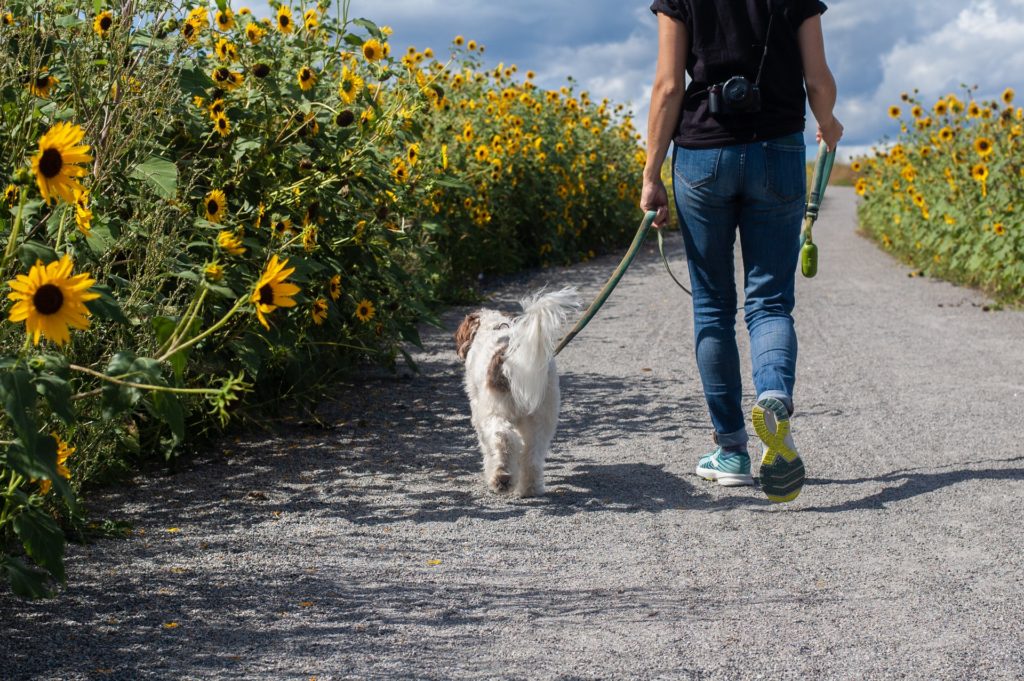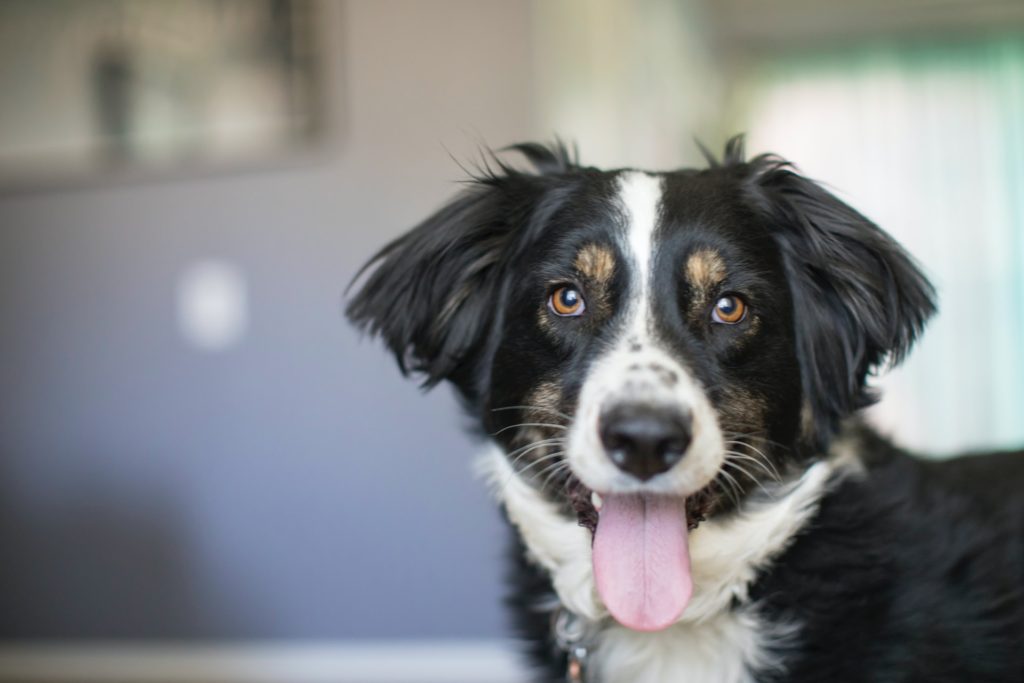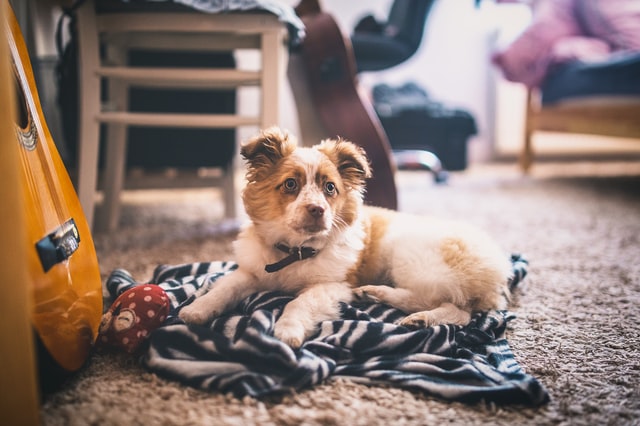Dogs are man’s best friend and one of the most popular pets you can find. But as great and popular as dogs may be, they are by no means the easiest pets to own.
In a month, a dog can cost anywhere from €100 to many thousands of euros.
A dog demands a lot of your time, and combined with the initial and ongoing costs, it’s not a feasible challenge for everyone. We show you what costs you can expect.
A variety of factors – this is what counts
It is much easier to ask the question about costs than to answer it. You have to remember that there are many breeds of dogs and the variety makes it difficult to give a general answer.
At best, it is possible to roughly categorise the many breeds so that you can get an approximate idea of the costs. You should also be aware that the costs do not remain the same.
Puppies and seniors in particular can be more expensive to maintain.
In the beginning, you will have one-time costs for all dogs. During your time together, you will have running costs and training costs as well as unforeseen costs.

The dog is moving in – what are the initial costs?
One of the biggest costs is the initial purchase cost. Depending on the breed, your dog can cost from around 100 EUR shelter fee.
For some purebred dogs with an impeccable pedigree, the price can be significantly higher. A Tibetan Mastiff from a first-class breeder costs 10,000 EUR and can reach record prices of 2 million EUR.
As a rule, you should expect a price of 500 to 1,500 EUR for most breeds.
As an example, you can assume these prices for a puppy:
- Golden Retriever from 1200 EUR
- Australian Shepherd from 1300 EUR
- Maltese from 1100 EUR
- Terrier from 1000 EUR
- Dachshund from 1200 EUR
In addition to the purchase price, you will also have to buy the first equipment for your dog. You can buy this in a pet supply store and get advice on what makes sense for your start.
The initial equipment includes:
- a basket
- Various dog toys
- Leash
- Transport box
- Food and water bowls
- Claw and tick tongs
These items can be bought before the dog moves in. Of course, you should think about the right size.
Again, prices can vary greatly and you can buy good condition items second-hand for a bargain price or opt for the expensive luxury versions.
It’s also up to you whether you want to pay attention to quality or buy cheap.
A realistic price range for the initial equipment starts at 100€ and can cost much more, depending on the size of the dog and your personal preferences.
Once your dog has moved in with you, you may want to buy new accessories as time goes on. There is no limit to what you can buy and you are sure to spend a few euros on pet supplies.

I want my dog to learn: The cost of training
Especially if you are getting your first dog, don’t rely on the fact that you can handle the training yourself. You will probably not notice any problems for a long time, and once a misbehaviour has become established, it will be very difficult to get the dog to stop.
For this reason, you should work with a professional from the beginning. For this purpose, there is first the puppy school and later the dog school for older dogs. How often you should visit these with your dog is individual and depends on your dog’s learning ability.
As a rule, you should reckon with about two months of puppy school and 2 to 3 months of dog school, i.e. a total of 16 to 20 appointments.
One hour in puppy school costs around 10 to 25€, basic training in dog school costs 5 to 25€ and proper, advanced training costs from around 25€.
If you book a course or monthly pass, the costs go down a bit. So you should calculate about 400 to 500€ over a period of 5 months once your puppy has settled in with you.
Regular costs that cannot be avoided
The most important cost factor is the running costs for your dog. The dog tax is an important point here. This varies depending on the federal state and district and is around 90 to 190 EUR per year across Germany.
However, these are only the costs for the first dog. For additional dogs, the costs are often higher – up to 350 EUR. You also often have to pay more for listed dogs. Here, dog tax costs around 600 to 900 EUR per year – that is, up to 75 EUR per month.
Examples of dog tax:
- Düsseldorf 96€ a year
- Magdeburg 96€ per year
- Regensburg 80€ per year
Another cost factor is dog liability insurance. The annual premium usually starts at around 40€. There is no upper limit and it depends on the desired tariff how expensive it can become.
For listed dogs, you can expect to pay upwards of €80 per year.
This is not a big cost factor, but the dog liability insurance can add up to over 1,000€ over a dog’s lifetime.
The most important item in the running costs, however, is the food. There is a very wide range here, depending on the quality of the food and the size of the dog or the amount of food needed.
For a cheap dog food for a small dog, you can expect to pay between €10 and €20 per month. For a very good quality dog food, the cost will be around 30 to 40€.
For large dogs, the costs are at least 50 to 100€ for cheap food and 200 to 300€ for high quality food per month.
It becomes problematic if your dog has allergies or intolerances. In this case, special food for a small dog can already cost around 100 € per month – for a large dog, you then come to around 500 €.
In addition, there are irregular smaller expenses such as treats, new toys, grooming products or other accessories, for which you should always allow a few euros.
Another point is the recurring vaccinations and worming. Depending on the size of the dog, these can cost between €30 and €250. However, worming treatments are controversial, this can also be in a preventive interval and therefore more expensive.
Keeping my dog healthy – unpredictable costs
While most costs, no matter how high, are relatively manageable and can be planned for, there are always unexpected costs.
Especially with problematic breeds and with increasing age, more and more visits to the vet become necessary. The frequency and amount of the costs is open to increase.
It helps if you choose a breed from the beginning that is not known for its health problems. All large breeds, very small breeds and all dogs with shortened muzzles or very wrinkled skin are known to be problematic.
Especially little-known dog breeds are often much healthier, because there are only a few breeders and they care about the welfare of the whole breed. Therefore, although rarer breeds are on average somewhat more expensive, they are less overbred and the subsequent costs are much lower.
The most difficult part to calculate is the veterinary costs. If your dog has to go to the vet as an emergency and even outside of surgery hours, it can get really expensive.
Especially if your dog needs additional medication, this can be expensive in the long run.
Of course, pet insurance is a good option here, so that you don’t have to go bankrupt because of your dog. But be careful, not every insurance company is kind enough to cover your dog if it becomes seriously ill.
Example dogs – what do they really cost per month?
In order to show you some realistic examples, we will take you to our example dog Bello and show you what he really costs for the month in the respective situation.
Bello is a Labrador and shows you in different scenarios what costs can arise. Then you will get a feeling for where costs arise and how a dog can be kept cheaply or expensively.
Our initial dog Bello is a puppy. The breeders want 1500€ for the purchase. At home you have already bought the initial equipment for about 200€ and are happy to finally pick up your new dog. Of course you were allowed to take some food from the breeder, but as Bello loves to eat it, you buy it for 100€.
Our puppy Bello costs you 1800€ for the first month.
Our example dog Bello is already 5 years old this time and you have seen him in an animal shelter. For a protection fee of 150€ you can pick him up. Since your last dog unfortunately died, you still have a lot of accessories and only have to buy new dog food for 50€.
Now Bello from the shelter is actually a bargain at 200€.
Now our example dog Bello has been with his owner since puppyhood, meanwhile already proudly 7 years old.
They attend dog school once a week for 30€. On their daily walks, they practise more search work and for this, good treats were bought for 10€. They also took the opportunity to buy a few tins of dog food for 30€ at the feed store. This month we had to have a worming treatment and a vaccination, which cost 80€.
Bello cost 240€ this month.
So you see, depending on the starting point and your own ideas, a dog can cost more or less money. So it is possible to keep a dog cheaply and save a lot of money.
In any case, it is highly recommended to have a reserve for the unexpected.
Conclusion – this is how much a dog costs per month
The monthly costs for a dog depend on many things and are very difficult to estimate in advance. This starts with your preferences and doesn’t stop with the special features of your dog. You can expect costs to start at 50€, but they can significantly exceed 500€.
You should therefore think about this especially when choosing a breed and contact owners, breeders or a specialised club specifically to learn about the breed in question and then make a considered decision for or against.
Inevitable costs include dog tax and dog liability insurance. You will need to take out both, but this can be done cheaply.
The biggest cost is vet visits, as you will want to make sure your beloved four-legged friend is in good health.




